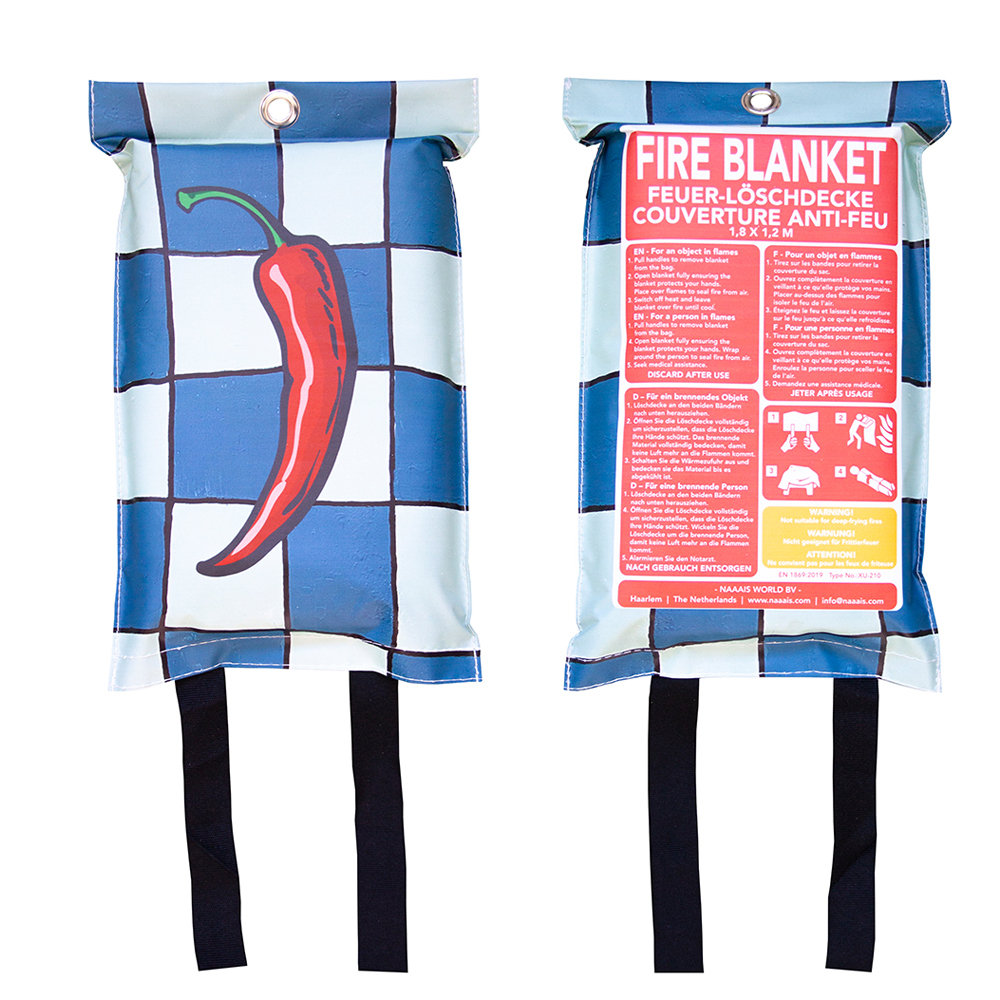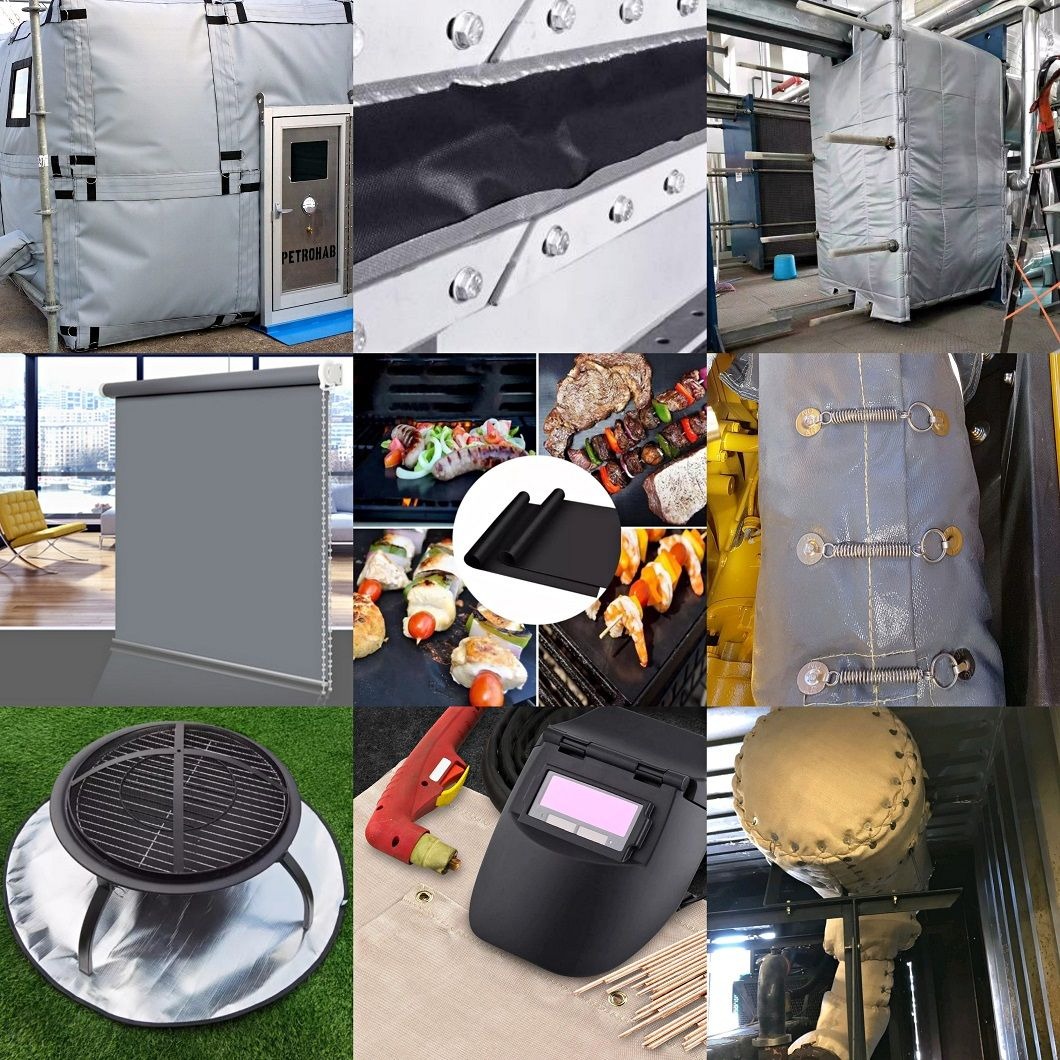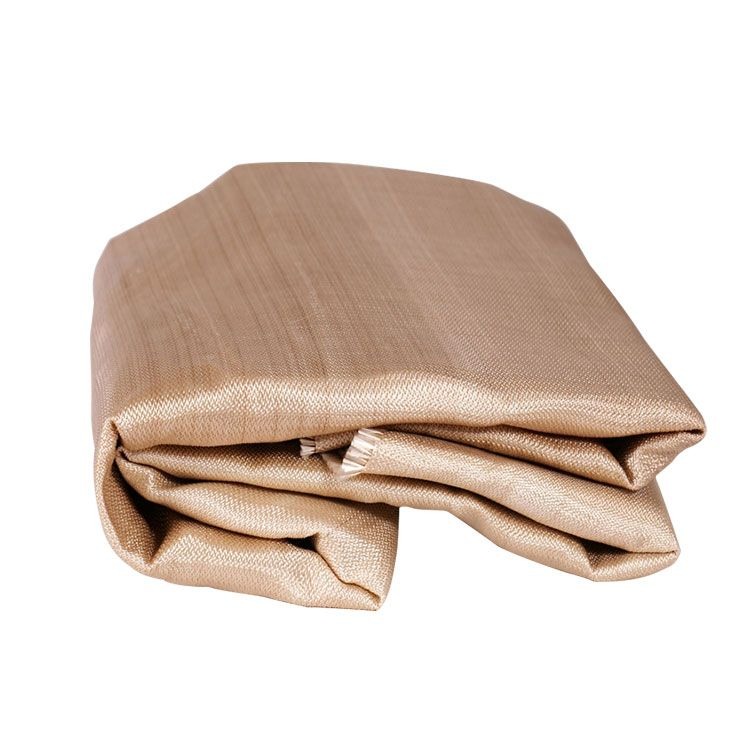Pipe Weld Blankets: Essential Protection for Hot Work Safety
Pipe weld blankets protect workers and equipment from welding sparks, heat, and molten metal. These fire-resistant covers wrap around pipes during welding, cutting, or grinding operations. You'll learn their materials, benefits, proper use, and how they prevent workplace accidents.
What Are Pipe Weld Blankets?
Pipe weld blankets are specialized safety covers made from heat-resistant materials like fiberglass, silica, or ceramic fabrics. You wrap them around pipes to contain sparks and slag during welding operations. Unlike regular tarps, they withstand temperatures up to 2000°F (1093°C) without burning.
These blankets come in various sizes to fit different pipe diameters. Some feature Velcro straps or lacing systems for secure attachment. You'll find them in industrial settings, construction sites, and shipyards wherever pipe welding occurs.
Key Benefits of Using Pipe Weld Blankets
- Fire prevention:Contains sparks that could ignite flammable materials
- Worker protection:Shields nearby personnel from radiant heat
- Equipment safety:Prevents damage to hoses, cables, and sensitive components
- Regulatory compliance:Meets OSHA and other safety standards for hot work
- Reusable:High-quality blankets last through multiple welding jobs
Choosing the Right Pipe Weld Blanket
When selecting a pipe weld blanket, consider these factors:
Temperature rating:Match the blanket's maximum temperature resistance to your welding process. MIG welding typically requires 1000°F blankets, while plasma cutting needs 2000°F protection.
Material thickness:Thicker blankets (1/4" to 1/2") offer better protection but may be less flexible. Thinner options work for light-duty applications.
Size and shape:Measure your pipe diameter and choose a blanket that wraps completely around with overlap. Some models feature pre-shaped designs for specific pipe sizes.
Attachment method:Look for secure fastening systems that won't loosen during work. Stainless steel grommets and lacing provide durable closure options.
Proper Installation Techniques
To get maximum protection from your pipe weld blanket:
- Clean the pipe surface to remove grease or flammable residues
- Position the blanket to cover at least 12 inches beyond the work area
- Secure all fasteners tightly to prevent gaps where sparks could escape
- Overlap multiple blankets by at least 6 inches if covering large areas
- Inspect for damage before each use - replace torn or degraded blankets
Maintenance and Care
Proper care extends your pipe weld blanket's lifespan:
- Shake out slag and debris after each use
- Store in a dry location away from direct sunlight
- Hand wash with mild detergent if heavily soiled (never machine wash)
- Inspect for frayed edges, holes, or thinning areas regularly
- Replace when the material becomes stiff or develops visible wear

Common Applications
You'll find pipe weld blankets used in these scenarios:
Pipeline construction:Protecting workers during field welding of oil, gas, or water pipes
Shipbuilding:Containing sparks in confined engine rooms and hull spaces
Power plants:Safeguarding critical equipment during maintenance welding
Industrial maintenance:Creating safe work zones for pipe repairs in manufacturing facilities
Safety Considerations
Remember these crucial safety points when using pipe weld blankets:
- Never use damaged or contaminated blankets
- Combine with other PPE like face shields and fire extinguishers
- Monitor for smoldering materials after completing hot work
- Train all workers in proper blanket installation and removal
- Follow all manufacturer instructions for your specific blanket model
Pipe weld blankets provide simple, cost-effective protection that prevents costly accidents. By selecting the right blanket and using it properly, you create safer work environments for welding operations on pipes of all sizes.






